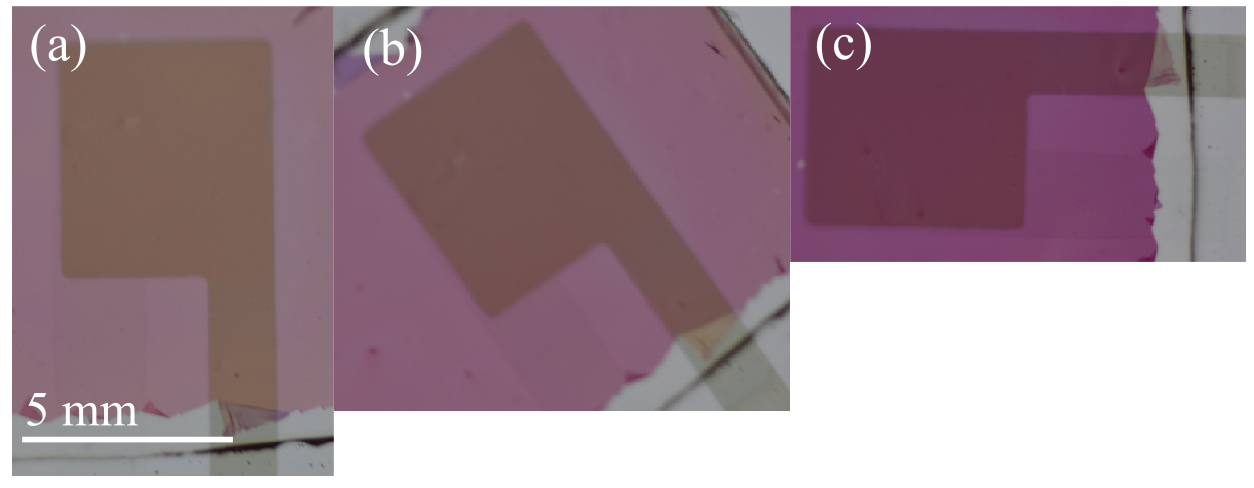
Researchers from North Carolina State University have developed a new tool for detecting and measuring the polarization of light based on a single spatial sampling of the light, rather than the multiple samples required by previous technologies. The new device makes use of the unique properties of organic polymers, rather than traditional silicon, for polarization detection and measurement.
Light consists of an electric field. That electric field oscillates, and the direction in which that field oscillates is the light’s polarization. If the field oscillates randomly, it’s referred to as unpolarized light. The polarization of light can be affected in predictable ways when light bounces off, or is scattered by, physical objects. “We want to detect and measure polarization, because it can be used for a wide variety of applications,” says Michael Kudenov, an assistant professor of electrical and computer engineering at NC State and lead investigator on this research. “For example, polarization detectors can be used to pick out man-made materials against natural surfaces, which has defense and security applications. They could also be used for atmospheric monitoring, measuring polarization to track the size and distribution of particles in the atmosphere, which is useful for both air quality and atmospheric research applications.” Read full article.